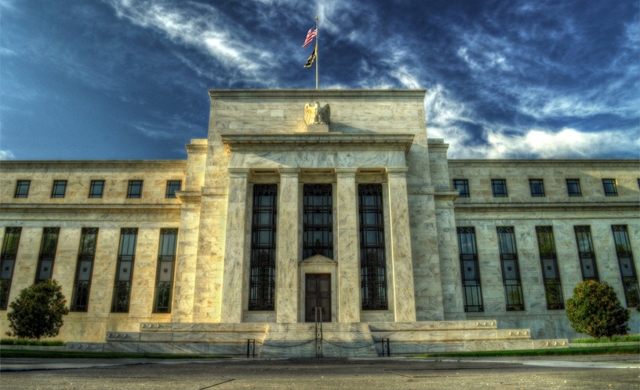The Federal Reserve’s decision to leave its monetary policy unchanged at last week’s meeting was more than expected and was neither good nor bad news for markets.

However, the adjustment of its forecast for interest rate cuts this year, down from three in March, should have caused some market concern. Still, this has not been the case.
Despite some ups and downs during the session, the S&P 500 index ended up closing positive. It even posted a solid weekly gain of 1.8%, breaking records once again.
Did investors react positively because the unemployment rate was revised slightly upward by 0.1%, reaching 4.2% in 2025 and 4.1% in 2026?
No. It wasn’t even because Powell reiterated that inflation “is still too high” and stressed the need for the FOMC to be “more confident” before considering easing monetary policy.
It was mainly due to inflation data released just before the FOMC meeting, which indicated a slowdown in price increases and thus boosted optimism.
Specifically, core inflation rose 0.16% month over month, its smallest increase since August 2021, driven by a significant slowdown in services inflation.
In addition, the fact that sentiment on economic conditions deteriorated to its lowest level since late 2022 suggests increasing pressure on the Fed.
Overall, this has fueled hopes that the Fed may eventually ease its stance and cut rates sooner, assuming the price situation does not deteriorate sharply.
However, given the current geopolitical risks, conditions favoring such an outcome persist. In addition, monitoring developments in the money supply situation remains crucial.
Suppose regional banks fall under pressure again due to high interest rates and problems in the commercial real estate market. In that case, the Fed may have to intervene.
What to expect next: Keep a close eye on macroeconomic indicators and market trading volumes. The lower the latter, the more cautious we should be.

 Hot Features
Hot Features












